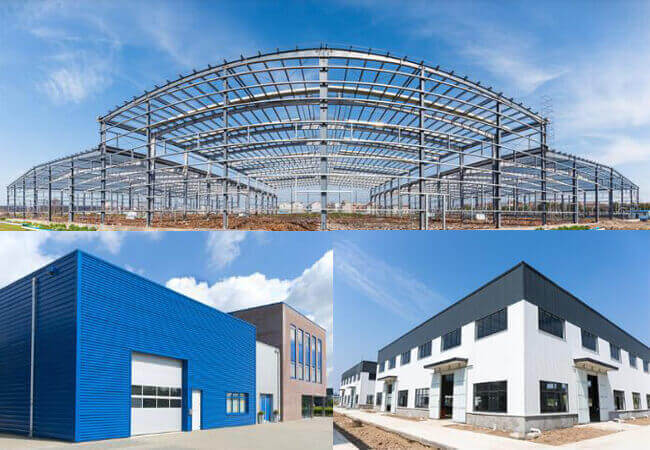The construction industry is booming in areas such as logistics and warehouses. Due to the pandemic, online commerce and retail has increased, which has led to an increase in warehouse construction and people always search for a good warehouse structure builder like Aw Structures. Warehouse construction is an essential part of logistics and crucial for the distribution of goods. An item can spend time in a warehouse at any stage of its lifecycle. This could be with an importer, wholesaler, or customs agent.
In addition to a rising demand for warehouse construction, there has been an increase in demand for various types of storage. Due to the popularity of environmental concerns, warehouses are becoming more dependent on technology. With warehouses using a lot of energy, it is important to think about sustainability. Many companies are opting for greener options like solar power and responsible waste management. It is important to consider the client’s specifications when building.
Differences in warehouse construction and traditional building
The most important difference between building a warehouse or other construction projects is its function. A warehouse is a structure that stores items belonging to a company. A warehouse might also require refrigeration or safety measures to store chemicals. Warehouses are storage facilities that have one function: they keep stock safe between manufacturing, transport, and trading.
Warehouse construction materials are different than standard brick and mortar. Steel is the most commonly used material for warehouse construction. It creates a pipe framework which supports the roof and outside cladding. Metals are preferred by designers because they can withstand heavy loads. Roofs are typically made of fibreglass which lets in natural light.
It is easy to replace it if it gets damaged. Wood is a great resource for shelving and storage within a warehouse. Good quality materials are essential for building a warehouse. They account for about 80% of its total cost. Metal pipe stock is preferred by designers because it can withstand heavy loads.
Another important difference is the size. WarehouseSpace states that a typical warehouse design measures over 1km in length and can house more than 500,000 containers and units. Because they require less maintenance and storage space, smaller structures can be more costly to construct and maintain.
An industrial estate is the best place to locate a large structure. Good infrastructure connections are also required. Developers are now looking at urban areas as a way to create distribution centers closer to customers, because of the increasing demand for next-day delivery.
Read this Also What is cream deluxe gold?
Warehouse design and structure
A building design should maximize the use of space, provide safe access, and have efficient running systems. The basic design of a warehouse is four walls and a tall roof. Many warehouse builders are now considering solar panels for their roofs, as sustainability has become a more important aspect of warehouse construction. Solar panels are a great source of renewable energy and can help reduce your energy bills up to 60%. Simple design does not necessarily mean a simple project. Warehouses must consider additional factors.
To allow lorries and trucks to safely access warehouses, they must have deceleration lane. A storage facility that is efficient can deliver and collect goods quickly. The interior design should be considered carefully. You should have enough space to load machinery like forklifts and also be able to access emergency exits.
Safety is paramount. All warehouses must have planning permission before they can begin construction. The finished structure must also be fireproof. Installing a fire sprinkler system is essential. This is especially true if the roof extends above 40 feet. The structure’s cladding must be flame-resistant and provide protection against fire damage. To prevent equipment damage or injuries from falling, a flat floor, typically a concrete slab, is required. These measures not only protect warehouse stock but also reduce the risk to employees who work there.
Conclusion
Warehouse construction can be fast and take as little as two to three months. It is important that contractors do not compromise on quality. To avoid financial losses due to delays in construction, it is important to adhere to a schedule. Clients require access to all construction law details from material composition to lighting, and safety systems. Handover must include inventory to account for the structure as well as any internal elements. These details can be digitally collected to ensure that there is a complete record of all actions, which is important for insurance and maintenance purposes.

